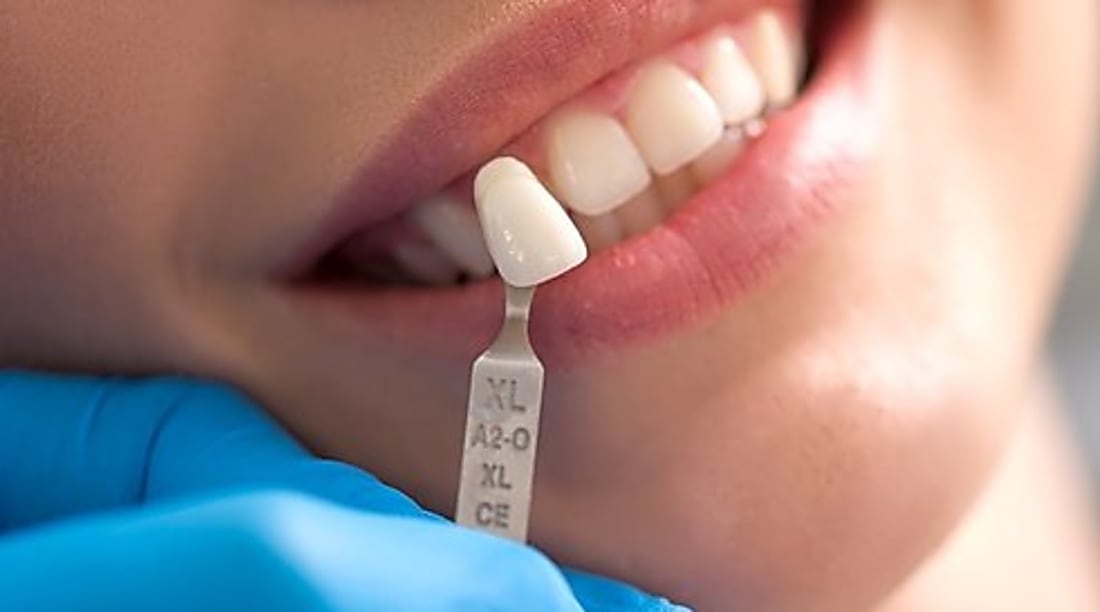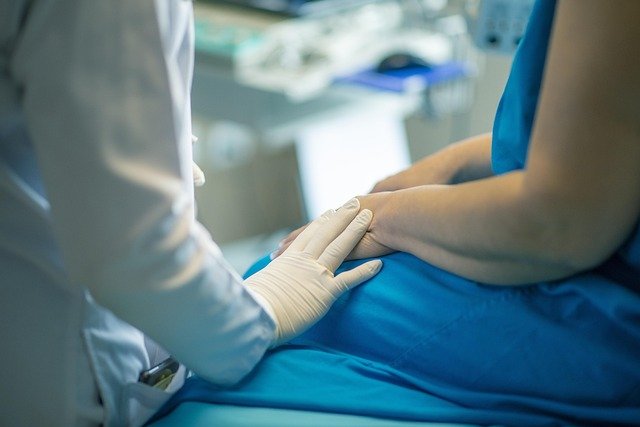Discover the Future of Dental Implants: Screwless Solutions for Everyone
If you have been considering dental implants but have been turned off by the steep costs, there is good news: affordable screwless dental implants are changing the game. These innovative implants not only offer a more comfortable and quicker solution, but they are also making dental restoration more accessible than ever before.

What Are Screwless Dental Implants?
Screwless dental implants represent a significant advancement in dental restoration technology. Unlike conventional implants that require screws to secure the artificial tooth to the jawbone, screwless systems use alternative attachment methods. These modern implants typically feature a press-fit design where the implant body is gently tapped or pressed into a precisely prepared socket in the jawbone. Some systems utilize a conical connection that creates a secure friction fit without the need for screws, while others employ innovative locking mechanisms that eliminate the traditional screws used to attach the abutment or crown.
The absence of screws reduces the complexity of the procedure and minimizes the number of components needed, which can lead to better long-term stability and reduced risk of mechanical complications such as screw loosening or fracture. This streamlined design makes screwless implants an attractive option for both patients and dental professionals alike.
How Do Screwless Implants Work?
Screwless implant systems function through innovative engineering that focuses on creating secure connections without threaded components. The process typically begins with preparing a precise socket in the jawbone, similar to traditional implant procedures. However, instead of inserting a threaded implant that screws into place, a screwless implant is designed with features that allow it to be securely pressed or tapped into position.
Many screwless systems utilize a tapered or conical design that creates what’s known as a “Morse taper” connection—a principle borrowed from mechanical engineering. When two tapered surfaces are pressed together, they create an extremely tight friction fit that becomes stronger under pressure. In dental applications, this translates to excellent stability without the need for screws.
The prosthetic tooth attachment also differs from traditional methods. Rather than using small screws to secure the crown or abutment, screwless systems may use snap-on mechanisms, locking tapers, or other innovative connection methods that eliminate the screw access holes often visible on the chewing surface of traditional implant restorations.
Why Are Screwless Implants Becoming a Popular Choice?
The growing popularity of screwless dental implants can be attributed to several key factors that benefit both patients and dental professionals. First, these systems often allow for less invasive procedures with reduced surgical trauma, which translates to faster healing times and less post-operative discomfort for patients.
Second, the elimination of screws means fewer components that could potentially fail or require maintenance over time. Traditional implant systems sometimes experience screw loosening or fracture, necessitating additional visits and adjustments. Screwless designs aim to reduce these complications through simplified mechanics.
Aesthetics also play a significant role in their rising popularity. Without screw access holes in the final restoration, screwless implants can offer superior cosmetic results, particularly for front teeth where appearance is paramount. Dentists appreciate the streamlined restoration process, which can reduce chair time and simplify the creation of the final prosthetic tooth.
Additionally, many screwless systems are designed with the goal of immediate or early loading—allowing patients to receive their replacement teeth more quickly than with traditional protocols that might require months of healing before the final restoration can be placed.
The Key Benefits of Screwless Dental Implants
Screwless dental implants offer numerous advantages over traditional screw-based systems. One significant benefit is the reduced risk of mechanical complications. Without screws that can loosen over time, these implants potentially provide more reliable long-term performance with fewer maintenance issues.
The design of screwless implants typically results in better force distribution throughout the implant and surrounding bone, which can lead to improved osseointegration—the process by which the implant fuses with the jawbone. This enhanced integration contributes to better stability and longevity of the implant.
From a patient perspective, the absence of screws often means a more comfortable experience. Traditional implants with visible screw access holes can sometimes trap food particles and be difficult to clean properly. Screwless designs eliminate these concerns, making daily oral hygiene simpler and more effective.
For dental professionals, these systems often offer simplified placement protocols and restoration procedures. The reduced complexity can translate to shorter appointment times and a more straightforward treatment process overall, which benefits both the practitioner and patient.
Comparing Screwless and Traditional Dental Implants
When considering dental implant options, understanding the differences between screwless and traditional systems is crucial for making an informed decision.
| Feature | Traditional Screw Implants | Screwless Implants |
|---|---|---|
| Connection Method | Threaded screws | Friction fit, conical connection, or locking mechanism |
| Procedure Complexity | More components, multiple steps | Fewer components, streamlined procedure |
| Aesthetic Result | Often has visible screw access holes | No visible access holes, better aesthetics |
| Maintenance Requirements | May require periodic screw tightening | Typically less maintenance needed |
| Average Treatment Time | 3-6 months (traditional protocol) | Often suitable for immediate or early loading |
| Cost Range | $3,000-$5,000 per implant | $3,500-$6,000 per implant |
Prices, rates, or cost estimates mentioned in this article are based on the latest available information but may change over time. Independent research is advised before making financial decisions.
The cost difference between traditional and screwless implants often reflects the advanced technology and materials used in screwless systems. While the initial investment may be higher for screwless options, many patients and practitioners find the benefits—including potentially reduced maintenance costs over time—justify the premium.
Traditional implants still offer excellent outcomes and remain the standard of care in many situations. They have decades of clinical research supporting their effectiveness and are often more affordable upfront. However, screwless implants are increasingly being recognized for their unique advantages, particularly in cases where aesthetics, simplified maintenance, or reduced treatment time are priorities.
Dentists typically recommend the most appropriate implant system based on individual patient factors, including bone quality, aesthetic requirements, functional needs, and budget considerations. As screwless technology continues to evolve and become more mainstream, we may see further improvements in outcomes and potentially more competitive pricing.
This article is for informational purposes only and should not be considered medical advice. Please consult a qualified healthcare professional for personalized guidance and treatment.




